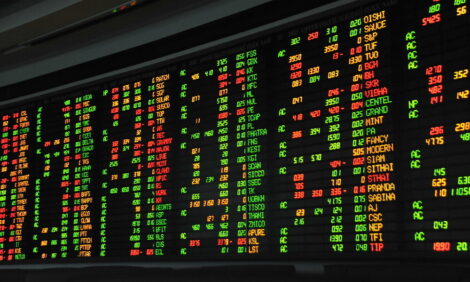



Number Of Animals Slaughtered Increases
BRAZIL - A total of 7.2 million heads of cattle were slaughtered in Brazil in the third quarter of 2009, 4.6 per cent more than in the second quarter, according to data supplied by the Brazilian Statistics Institute.Livestock slaughter grew 4.6 per cent in the third quarter of this year, in comparison with the previous three-month period. There was also growth, of one per cent, compared with the same period of last year. In total, 7.216 million heads of cattle were slaughtered from July to September 2009.
The data are part of the Quarterly Animal Slaughter Survey, issued by the Brazilian Institute for Geography and Statistics (IBGE). According to the document, the result “confirms expectations of the industry’s recovery,” which started in the second quarter this year, after a sequence of retractions that started in the third quarter of 2007 was interrupted.
The increased slaughter of livestock, according to the document, occurred due to increased domestic market consumption. “In the third quarter, large beef industry groups purchased plants that had been shut down due to the international crisis, mainly in the states of Mato Grosso do Sul and Mato Grosso,” according to the text.
Mato Grosso remains the leading producing state in the country, accounting for 15.4 per cent of slaughters in the country. Next on the list are São Paulo (12.2 per cent) and Mato Grosso do Sul (10.9 per cent).
Data concerning milk purchases and milk processing show that industrial plants bought 4.898 billion litres in the third quarter of 2009. The result is 4.7 per cent higher than recorded in the same period of 2008, and 14.1 per cent higher than in the second quarter of this year. Minas Gerais was the state that purchased the largest amount (26 per cent of the total).
The survey also shows that there was growth of 5.2 per cent in purchases of raw bovine leather compared with the same period of 2008. In comparison with the previous quarter, there was growth of 11.8 per cent. In all, 9.121 million units were bought from July to September. Together, the states of São Paulo, Mato Grosso, Rio Grande do Sul and Mato Grosso do Sul purchased 58.1 per cent of the total.
TheCattleSite News Desk


